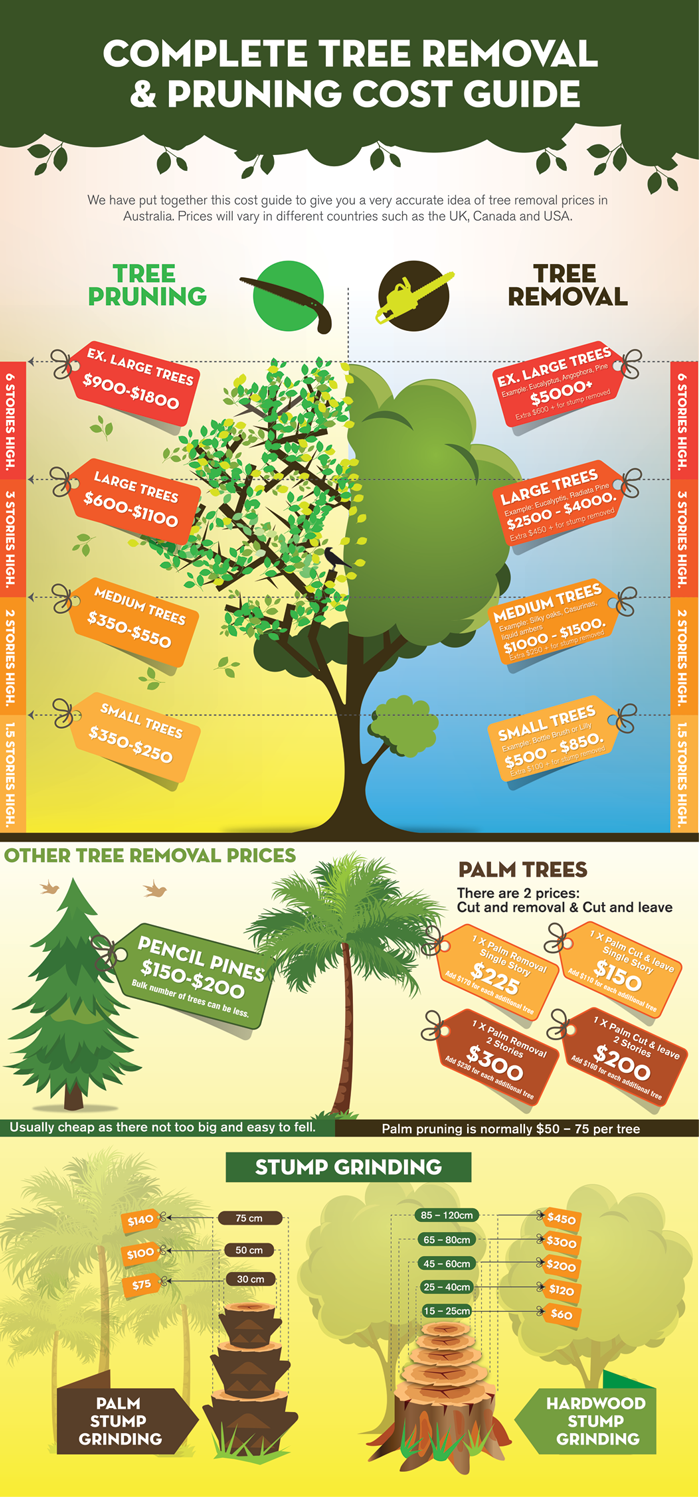Can Trees Be Conserved? Just How To Tell If Tree Elimination Is Needed
Can Trees Be Conserved? Just How To Tell If Tree Elimination Is Needed
Blog Article
Material Writer-Dale Bright
If you have actually ever wondered about the fate of the trees on your home, recognizing when it's time for removal is crucial. Yet just how do you determine if a tree can be conserved or if elimination is the only choice? By looking for specific signs and assessing safety dangers, you can make informed choices that profit both your landscape and your environments. Allow's discover the vital factors that come into play when making a decision the fate of a tree and just how you can make sure the most effective end result for your green buddies.
Signs of Tree Decrease
If you notice any one of the following indicators of tree decrease in your yard, it may be time to take into consideration tree removal.
One common indication is dead or rotting branches, which can indicate underlying issues influencing the tree's health. Keep an eye out for tarnished or wilted leaves that persist despite correct care, as this could be a sign of disease or parasites.
Another warning signal is extreme leaning or a visible shift in the tree's base, which may suggest origin concerns or architectural instability. Watch out for browse around this website on the trunk or roots, as this can indicate rot and endanger the tree's security.
Additionally, if you observe huge cracks in the trunk or major limbs, it's essential to resolve these problems immediately to prevent potential hazards. Attending to these indicators of tree decrease without delay can aid keep the security and aesthetics of your backyard environment.
Safety Problems
To make sure the well-being of your residential or commercial property and those around you, prioritizing security worries connected to trees is paramount. Trees can position numerous security threats otherwise effectively maintained. Dead or decaying branches may fall suddenly, jeopardizing people or damaging structures.
Leaning trees can likewise be dangerous, specifically if they're leaning in the direction of a building or high-voltage line. Furthermore, trees with extensive origin systems near structures or underground energies can cause considerable damages with time.
It's important to on a regular basis inspect your trees for any kind of indicators of prospective risk. Keep an eye out for fractures in the trunk, huge tooth cavities, or indicators of illness and decay. If you see any of these problems, it's best to consult with a professional arborist to examine the circumstance and identify the necessary strategy.
Taking aggressive steps to attend to safety and security worries promptly can avoid crashes and residential or commercial property damage in the future. Remember, the safety and security of your home and those around you must constantly be the leading concern when it concerns tree maintenance.
Consulting an Arborist
When thinking about the health and wellness of your trees, consulting an arborist is a critical step. Arborists are trained professionals who focus on the treatment and upkeep of trees. They can examine the general wellness of your trees, determine any problems such as conditions or architectural troubles, and offer skilled referrals on the most effective strategy.
By consulting an arborist, you can obtain important understandings into the condition of your trees and establish whether elimination is required. Arborists have the understanding and experience to assess the threats associated with keeping a tree versus removing it. They can also supply advice on alternative services, such as pruning, cabling, or bracing, to help maintain the tree whenever feasible.
Moreover, arborists can aid you browse any kind of neighborhood regulations or allows that might be required for tree removal. Their knowledge can guarantee that the procedure is performed safely and in conformity with any type of applicable laws.
Verdict
To conclude, when identifying whether trees can be conserved or if elimination is essential, it is very important to consider signs of decline and safety problems. Consulting an arborist for an extensive assessment is necessary in making the very best choice for the tree's wellness and possible hazards. Remember, positive care and prompt activity can help protect trees and protect against accidents.
